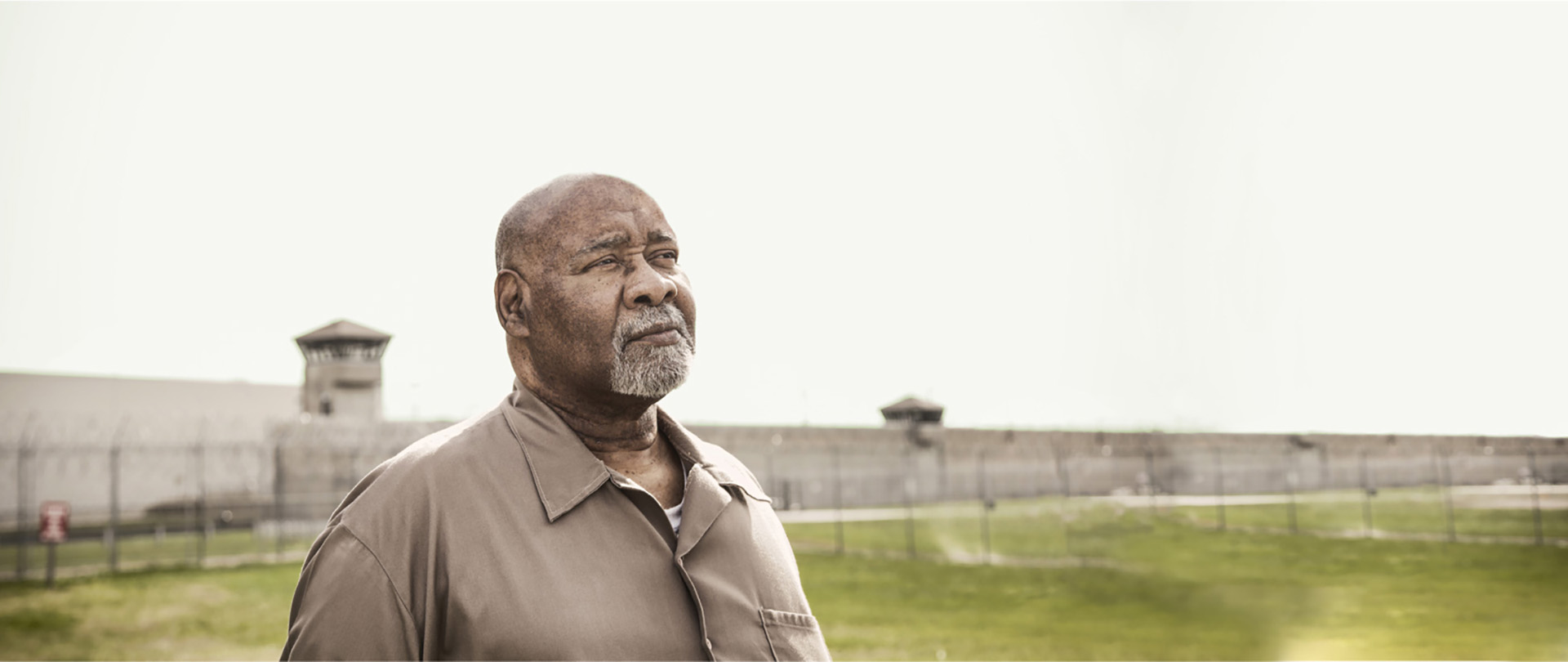Shadow Report to the United Nations on Racial Disparities in the United States Criminal Justice System
This shadow report submitted to the United Nations Human Rights Committee details the impact of racial disparities in the U.S. criminal justice system and how they violate Articles 2 and 26 of the International Covenant on Civil and Political Rights (ICCPR), ratified by the United States in 1992.
Related to: Racial Justice, Federal Advocacy
The United States criminal justice system is the largest in the world. At yearend 2011, approximately 7 million individuals were under some form of correctional control in the United States, including 2.2 million incarcerated in federal, state, or local prisons and jails.1 The U.S. has the highest incarceration rate in the world, dwarfing the rate of nearly every other nation.2
Such broad statistics mask the racial disparity that pervades the U.S. criminal justice system. Racial minorities are more likely than white Americans to be arrested; once arrested, they are more likely to be convicted; and once convicted, they are more likely to face stiff sentences. African-American males are six times more likely to be incarcerated than white males and 2.5 times more likely than Hispanic males.3 If current trends continue, one of every three black American males born today can expect to go to prison in his lifetime, as can one of every six Latino males—compared to one of every seventeen white males.4 Racial and ethnic disparities among women are less substantial than among men but remain prevalent.5
The source of such disparities is deeper and more systemic than explicit racial discrimination. The United States in effect operates two distinct criminal justice systems: one for wealthy people and another for poor people and minorities. The former is the system the United States describes in its report: a vigorous adversary system replete with constitutional protections for defendants. Yet the experiences of poor and minority defendants within the criminal justice system often differ substantially from that model due to a number of factors, each of which contributes to the overrepresentation of such individuals in the system. As Georgetown Law Professor David Cole states in his book No Equal Justice,
These double standards are not, of course, explicit; on the face of it, the criminal law is color-blind and class-blind. But in a sense, this only makes the problem worse. The rhetoric of the criminal justice system sends the message that our society carefully protects everyone’s constitutional rights, but in practice the rules assure that law enforcement prerogatives will generally prevail over the rights of minorities and the poor. By affording criminal suspects substantial constitutional rights in theory, the Supreme Court validates the results of the criminal justice system as fair. That formal fairness obscures the systemic concerns that ought to be raised by the fact that the prison population is overwhelmingly poor and disproportionately black.6
By creating and perpetuating policies that allow such racial disparities to exist in its criminal justice system, the United States is in violation of its obligations under Article 2 and Article 26 of the International Covenant on Civil and Political Rights to ensure that all its citizens—regardless of race—are treated equally under the law. The Sentencing Project notes that the Committee has specifically asked the U.S. government to address the racial disparities in its criminal justice system in paragraph 4 of its List of Issues. We welcome this opportunity to provide the Committee with an accurate portrait of the current racial disparity in the U.S. criminal justice system.
Established in 1986, The Sentencing Project works for a fair and effective U.S. criminal justice system by promoting reforms in sentencing policy, addressing unjust racial disparities and practices, and advocating for alternatives to incarceration. Staff of The Sentencing Project have testified before the U.S. Congress and state legislative bodies and have submitted amicus curiae briefs to the Supreme Court of the United States on various issues related to incarceration and criminal justice policy. The organization’s research findings are regularly relied upon by policymakers and covered by major news outlets.
This report chronicles the racial disparity that permeates every stage of the United States criminal justice system, from arrest to trial to sentencing. In particular, the report highlights the influence of implicit racial bias and recounts the findings of the burgeoning scholarship on the role of such bias in the criminal justice system. The report then details the ways in which the Supreme Court of the United States has curtailed potential remedies by discounting the importance of implicit bias and requiring that intentional discrimination be proven in constitutional challenges. Finally, the report offers recommendations on ways that federal, state, and local officials in the United States can work to eliminate racial disparity in the criminal justice system and uphold its obligations under the Covenant.
| 1. | U.S. Bureau of Justice Statistics, Correctional Populations in the United States, 2011, 1, 3 tbl.2 (Nov. 2012). |
|---|---|
| 2. | See International Centre for Prison Studies, World Prison Brief (2013). |
| 3. | U.S. Bureau of Justice Statistics, Prisoners in 2011, 8 tbl.8 (Dec. 2012). |
| 4. | Marc Mauer, Addressing Racial Disparities in Incarceration, 91 supp. 3 The Prison Journal 87S, 88S (Sept. 2011). |
| 5. | Marc Mauer, Addressing Racial Disparities in Incarceration, 91 supp. 3 The Prison Journal 87S, 88S (Sept. 2011). |
| 6. | David Cole, No Equal Justice: Race and Class in the American Criminal Justice System, 8-9 (1999). |


